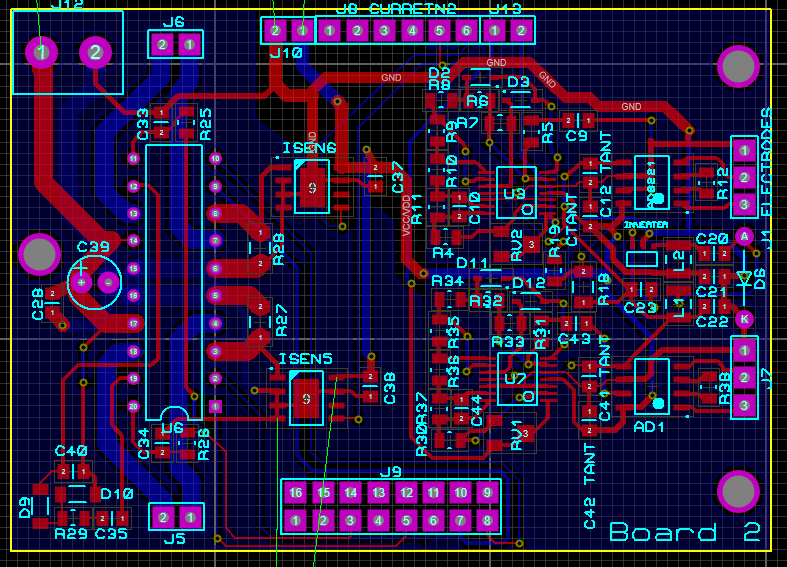The first was a pair of shot glasses. These were as a valentines day gift. These weren't just any shot glasses, theses ones were made from a billet of coloring pencil.
I got the idea from seeing some pics online of both a ring made out of coloring pencils and also a vase made from them. I'd previously seen shot glasses made of a wood/Epoxy combo at the Renaissance Faire in Bristol,WI where one of the vendors had taken scrap pieces of wood, joined them with epoxy and turned them down.
I started by buying two boxes of pencils and arranged them into a hex shaped billet. I made a foam form to hold them while I epoxied them layer by layer. Using a Smooth-On epoxy, I slathered it on each pencil and assembled them into sheets which I then stacked into the hex billet. Once the billet was formed, I wrapped elastic bands around each end of the billet to hold it in shape. Putting it on end, I tamped down the pencils so that the base was flat. I made a collar around the tips of the pencils and poured in the remaining epoxy to fill in the gaps. Gaps were present cause I could only find round pencils rather than hex shaped pencils. After pouring in the epoxy I left it to set overnight.
Unfortunately those gaps meant epoxy bled out from the base so the billet had a nice big brim of epoxy. This necessitated a second filling. I noticed that some bubbles had been trapped in the first cure so after pouring the epoxy into the top of the billet I put it in a vacuum chamber to draw out the bubbles. That seemed to help.
I chucked the billet in the lathe and faced of the pencil tip. I couldn't tighten the chuck too much for fear of cracking the billet. After facing, I knocked the edges off the billet to get a round billet. I set the compound slide to to around 15 degrees to get the desired taper. I left it like this for the remainder of the project. I drilled out the billet carefully to open up enough space for a small boring bar. After boring out the internal shape to leave a 10mm wall I started tapering the outside. While still in the lathe. I sanded down the outside of the shot glass with varying levels of sand paper. I wrapped a dowel with sandpaper to sand down the inside of the shot glass.
I removed the billet from the lathe and removed the shot glass with a handsaw. I left a small plinth so that the shot glass could be rechucked for finishing later. I then repeated the process for the second shot glass. I grabbed some Acrylic based varnish to finish the shot glass. This filled some of the bubbles that were left trapped in the epoxy. I also poured some extra varnish in the bottom of the shot glass to make sure the glass was watertight. After each coat, I put the shot glass back in the lathe and sanded them down. I did this for the first two or three passes before removing the plinth.
A quick sanding of the base and a few coats of varnish and it was the same level of varnish as the sides/inside. I went and added another 3-4 layers of varnish so that the shot glass was fully sealed and would remain so even when used.































